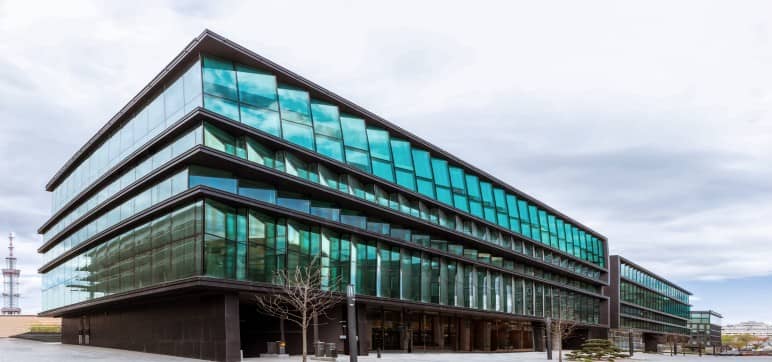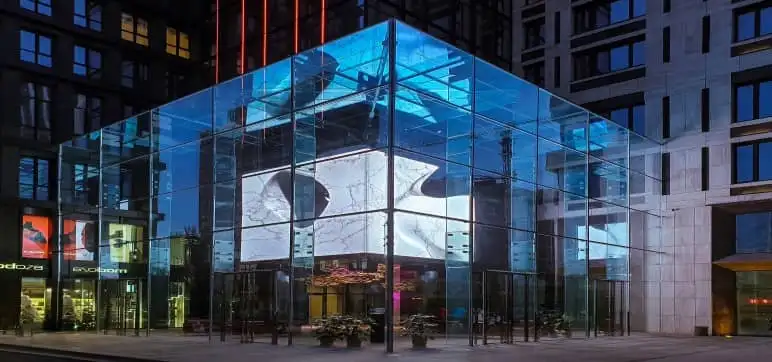Over the past two centuries, our cities have been expanding at an incredible pace. More buildings, offices, shopping centres, more concrete and asphalt. Development was the priority, while ecology was, at best, a secondary concern.
Fortunately, in the 21st century, the situation has significantly improved. Humanity has become much more responsible towards nature and its resources and is constantly working to make every aspect of our lives more sustainable. I am pleased to note that a significant portion of these positive changes is happening in the field of architecture.
One of these changes includes the development of glass architecture, which is becoming increasingly popular in our cities. The promotion of eco-friendly materials like glass and the growing prevalence of glass architecture could have a positive impact on the environment. However, as someone who is well aware of all the technical intricacies of glass architecture, I must disappoint you: this is only in theory. Today, let’s discuss why glass is not always eco-friendly and what can be done to change the situation.
Getting Rid of Metal
It may sound strange, but glass architecture often is not truly made of glass. Let me explain. One of the important characteristics of a glass unit is its ability to resist wind loads. In a typical glass unit, this function is assigned to the first layer of glass. This forces manufacturers to increase the thickness of the first layer of glass significantly, making the glass unit quite heavy. To keep it on the façade, a large number of supports and ridges are required, which spoil the overall aesthetics of the façade, taking away its lightness and also encroaching on interior space.

We were searching for a solution to make architecture more aesthetic and environmentally friendly and improve its energy efficiency. And we found it. It is the technology of frameless glazing based on insulated glass units with higher stiffness (IGUHSs). Such a glass unit has an important structural feature: all glass layers are rigidly bonded together, and the perimeter is additionally reinforced with a composite frame. This method of bonding glass layers allows the glass unit to withstand much greater loads since all layers contribute to its resistance.
The glass units are connected to each other with metal fasteners, which are screwed directly into the composite frame and then secured to the structural elements of the building. This way, we achieve an aesthetic and seamless glass façade where each element is essentially self-supporting.
Saving Resources
As an engineer, it amazes me that manufacturers continue to use aluminium extensively. First, the production of this metal requires a significant amount of resources. At a minimum, it takes 14 MWh per ton. Secondly, it is highly toxic. Only indirect emissions from electricity generation account for 70% of total emissions in aluminium production.
However, my main concern with aluminium is its high thermal conductivity. It is five times higher than that of steel and over 200 times higher than that of glass. By eliminating aluminium, we not only remove tons of expensive material and a large amount of waste from the process but also eliminate the main cause of heat loss and low energy efficiency. Otherwise, we would have to compensate for all of this with the cost of electricity – heating or cooling the building, depending on the season. Now let’s calculate how many resources we would expend over the entire lifespan of the façade. No complex calculations are needed to understand that the sum is colossal.
In addition, frameless glazing solutions allow for significant optimisation of construction time. Façade installation using frameless glazing technology can begin as soon as at least one floor is ready, rather than waiting for the entire building to be completed. And finally, let’s talk about the obvious – money. Aluminium, while not the most expensive of metals, will see a significant increase in demand in the coming years. Consequently, the market will react with a price increase. Goldman Sachs predicts that by 2025, the price of aluminium will rise to $3500 per ton.
I am confident that in the pursuit of creating a comfortable, safe, and environmentally friendly environment, every small step matters.














